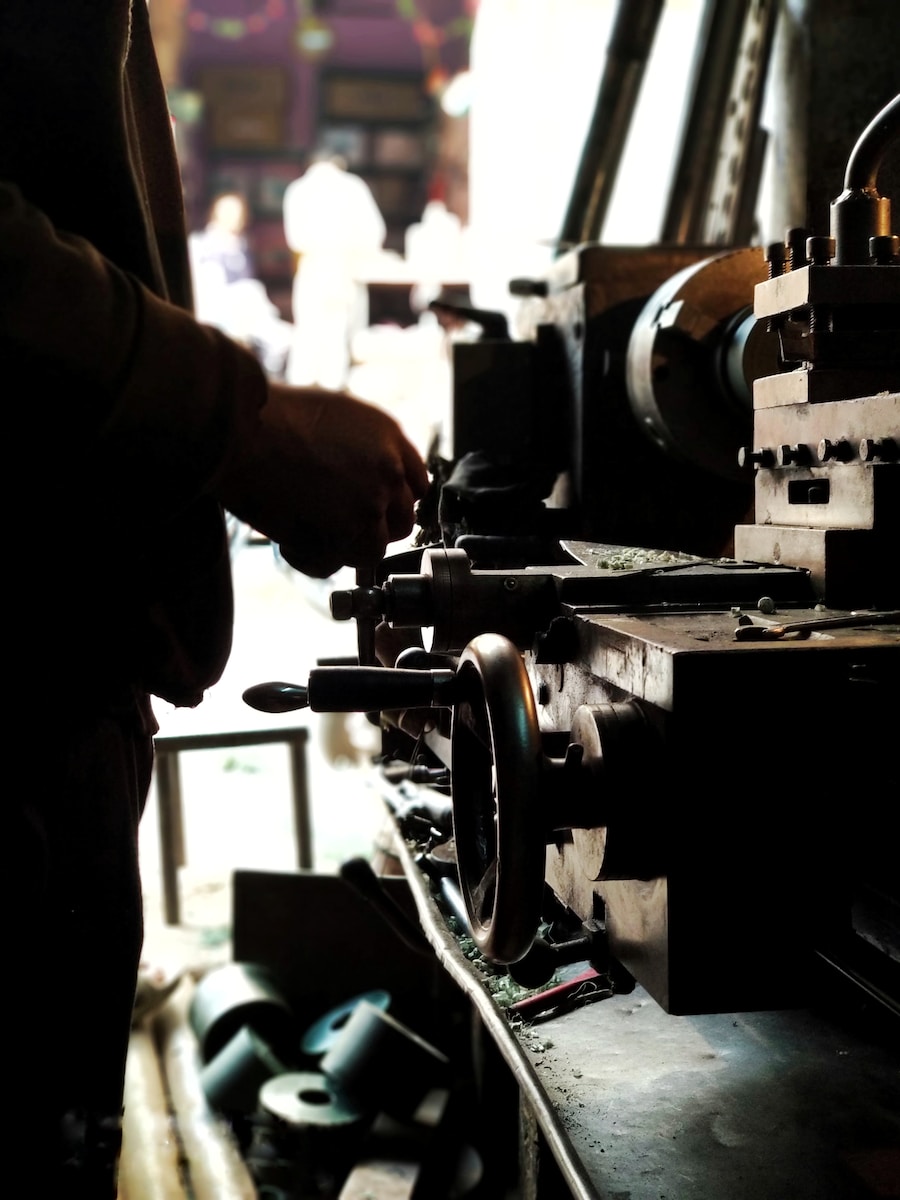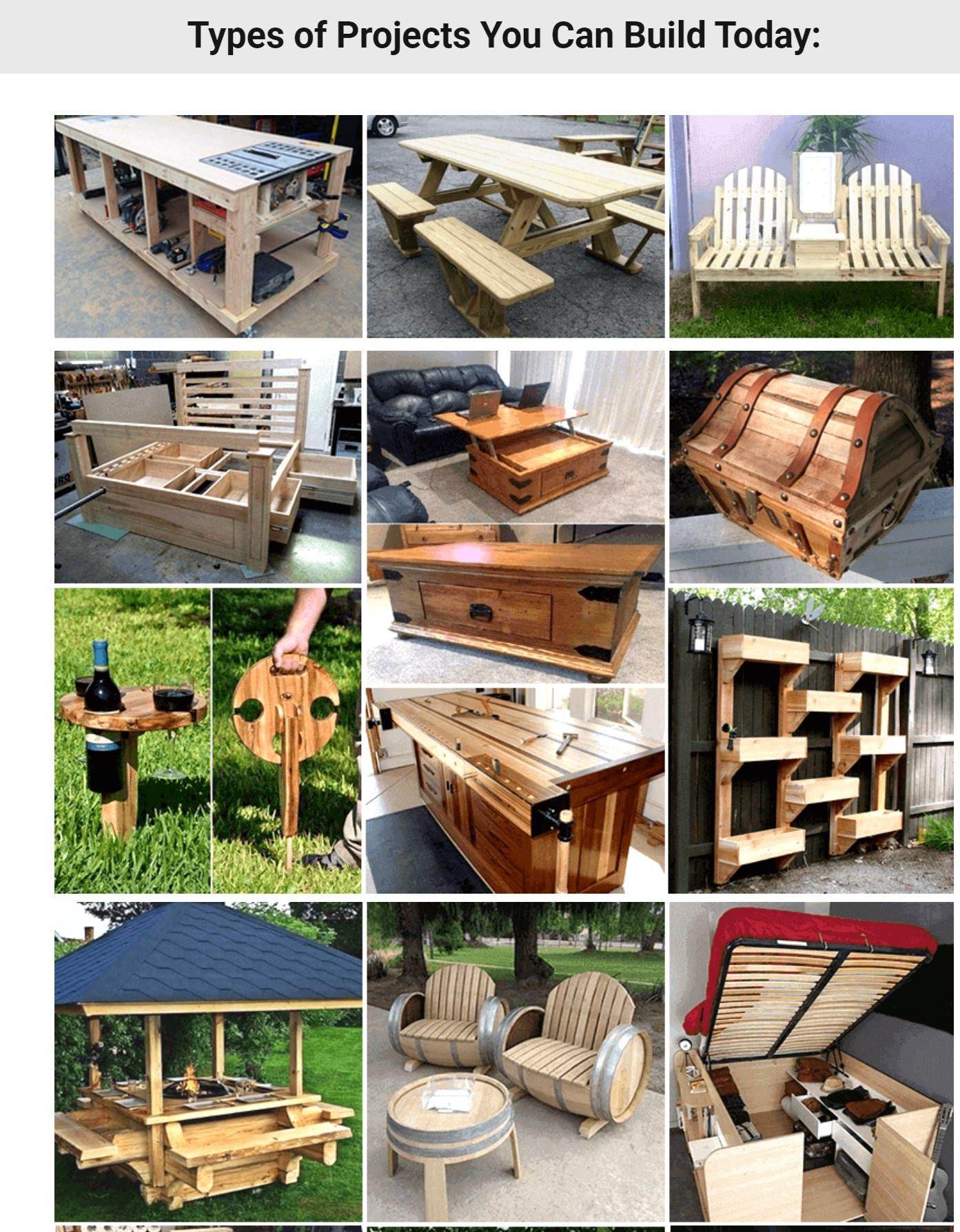Woodturning involves using a wood lathe to shape and sculpt wooden objects from square blanks into symmetrical forms like spindles, bowls, pens, legs, handles, and much more. With the right tools and techniques, woodturning allows amazing creativity and self-expression. This article explores lathe fundamentals, turning methods, project possibilities, and best practices.
Lathe Overview
A wood lathe rotates the workpiece rapidly while cutting tools are positioned against the wood to remove material. Key components include:
- Headstock (#CommissionsEarned): The rotating driveshaft powered by an electric motor. Holds your workpiece firmly mounted between centers or on a chuck.
- Tailstock (#CommissionsEarned): Adjustable fixture on the opposite end used for driving spur drives into work for stabilization between centers. Also used for drilling.
- Tool rest (#CommissionsEarned): Metal rail that rests near the working area the chisels and gouges make contact on for leverage and control. Firmly secured.
- Bed: Flat ways that the headstock, tailstock, and tool rest slide along for positioning adjustments.
- Lathe tools (#CommissionsEarned): Chisels, gouges, and scrapers specially shaped to cut and shear away wood held by the spinning lathe.
Lathe Operation Steps
Basic woodturning steps for spindle or bowl turning:
- Mount workpiece solidly on headstock drive spur or chuck and secure tailstock.
- Adjust tool rest very close to work at proper height with top edge below centerline.
- Start lathe at slow RPM and bring up to desired speed for the diameter being turned.
- Position lathe tool on rest so bevel is in contact, engage work gently, and make light cuts.
- As diameter reduces, reposition tool rest closer to the workpiece centerline.
- Use calipers to frequently measure progress and final dimensions.
- Sand and finish turning at low RPM prior to removing from lathe.

Faceplate and Chuck Turning
For bowls, plates, and open-ended spindles, faceplates or chucks are required since the ends are not supported between centers:
- Faceplates: Flat circular metal plates that screw onto the lathe drive shaft. Workpieces are screwed onto the outer face for turning.
- Chucks: Mechanical devices with gripping jaws that hold the workpiece by clamping onto the exterior sides. Allow turning bowls and open forms. Provide very secure hold.
Lathe Chisel Types
Many specialized woodturning chisel profiles:
- Spindle Roughing Gouges: Short handled general shaping of spindle projects between centers.
- Bowl Gouges: Deep fluted scoop for rounding interior bowl surfaces. Varying widths available.
- Detail Gouges: Swept-back smaller gouges for intricate cuts and details in turnings.
- Parting Tools: Thin blades to cut narrow grooves and separate turned objects from waste wood.
- Skew Chisels: Angled cutting edge great for making smooth finishing planing cuts and details. Takes practice.
- Scrapers: Straight or curved edges to pare and smooth wood rather than gouge out cuts. Used where tearout is problematic.
For more information on the types of tools needed for woodworking, check out this article on essential carpentry tool sets.
Wood Lathe Safety Tips
- Always wear safety glasses and avoid loose clothing, jewelry, or long hair near rotating parts.
- Position lathe near an unobstructed exit path to avoid being trapped between spinning work and a barrier.
- Make sure workpiece is firmly tightened onto the driveshaft and tailstock before turning on power.
- Rotate workpiece by hand to check for clearance before starting lathe.
- Start at lowest speed and stand to the side as lathe spins up to high RPMs.
- Ensure lathe chisels are kept sharp. Dull edges increase catching risks.
- Avoid reaching over the tool rest which removes the support for lathe chisels.
- Frequently stop lathe and check progress rather than turn long stretches at a time.
- Ensure lathe is on level, vibration-free surface and positioned for best lighting on the workpiece.
- Turn off lathe power before adjusting tool rest position.
For more safety tips, read our guide on essential safety measures in woodworking.
Useful Accessories
- Face Shield: Provides full face protection from chips and flying debris.
- Dust Mask: Reduces inhalation of fine wood dust created while turning.
- Calipers: Allows precise sizing of spindles and bowl diameters.
- Micromesh: Advanced sanding cloths used to polish turnings up to 12,000 grit.
- Chucks: Expandable chucks offer security while turning bowls, plates, boxes.
- Steady Rest: Supports longer spindles being turned to reduce vibration.
- Vacuum Chucking: Used to reverse mount turned pieces for access to bases and bottoms.
- Indexing Wheel: Allows creating geometric repeating patterns around a turning.
- Lighting: Overhead shop lights or headlamps provide ideal lighting with no shadows.
For more information on woodworking tools, check out our article on woodworking tools for beginners.

Common Woodturning Projects
Nearly any formed object can be turned on a lathe. Some popular beginner turnings include:
- Bowls
- Goblets
- Candlesticks
- Furniture legs and posts
- Handles and knobs
- Rolling pins
- Salt and pepper shaker sets
- Fruit and salad bowls
- Baseball bats
- Chair legs
- Spinning tops
- Ornaments
- Tool handles
- Pet urns
- Sculptural art pieces
With a proper lathe setup and tooling, dedicated turners can create amazing functional and artistic objects in endless unique shapes, sizes, and styles. It offers immense creative freedom.
For more project ideas, check out our list of most profitable woodworking projects.
Frequently Asked Questions
Q: What are the key components and functions of a wood lathe?
A: The headstock drives and holds the workpiece, the tool rest supports the chisels, the tailstock adds stability, and the bed allows repositioning parts. The lathe rotates the wood blank while tools shape it.
Q: How should a workpiece be secured onto the lathe prior to turning?
A: Spindle work is held between mounted points on the headstock and tailstock. Faceplate or chuck mounting is required for bowls, plates, and open-ended turnings. In all cases, tighten the workpiece securely before turning on power.
Q: What types of woodturning chisels and gouges are used for different purposes?
A: Roughing gouges for general shaping, bowl gouges for hollowing, detail gouges for intricacy, parting tools for cutting grooves, skews for finishing, and scrapers for tricky grain tearout.
Q: Is woodturning dangerous and what key safety practices should be followed?
A: Woodturning poses risks from spinning parts and cutting tools. Always use eye protection and tie back loose hair/clothing. Check for workpiece clearance before turning on power. Keep lathe tools very sharp and turn at optimal speeds for the workpiece size.
Q: How are bowls, plates, and open hollow forms turned on a lathe?
A: Faceplates or chucks are used to mount the workpiece since the ends are not supported between points. This allows access to shape the outsides of such open forms.
Q: What are some examples of common projects made using a wood lathe?
A: Bowls, goblets, candlesticks, table legs, handles, rolling pins, salt and pepper shakers, fruit bowls, baseball bats, chair legs, spinning tops, ornaments, urns, and sculptural art pieces.
Q: Does the lathe speed need to be adjusted when turning different diameter pieces?
A: Yes, larger diameters should be turned at slower speeds, while smaller diameters require faster speeds for safe control and optimal cutting. Consult manufacturer speed recommendations.
Q: How can woodwaste be safely collected when turning on a lathe?
A: Using a face shield, positioning a large waste bin near the lathe, and vacuuming scrap buildup frequently aids safe waste management when woodturning.
Q: What types of finishes work best on lathe turned pieces?
A: Friction varnishes and waxes, spray lacquers, wiping oil finishes, ebonizing wood dyes, and acrylic paints all work well on lathe turnings. Apply evenly using low RPM speed.
For more information on wood finishes, check out our guide on different wood finishes and how to apply them.
Q: Can lathe turning be done without expensive professional lathes?
A: Small affordable mini or midi lathes are suitable for beginners learning woodturning fundamentals, developing skills, and making small projects. Larger lathes allow bigger capacity turnings.
For more tips and tricks for beginners, check out our beginner woodworking tips and tricks article.


